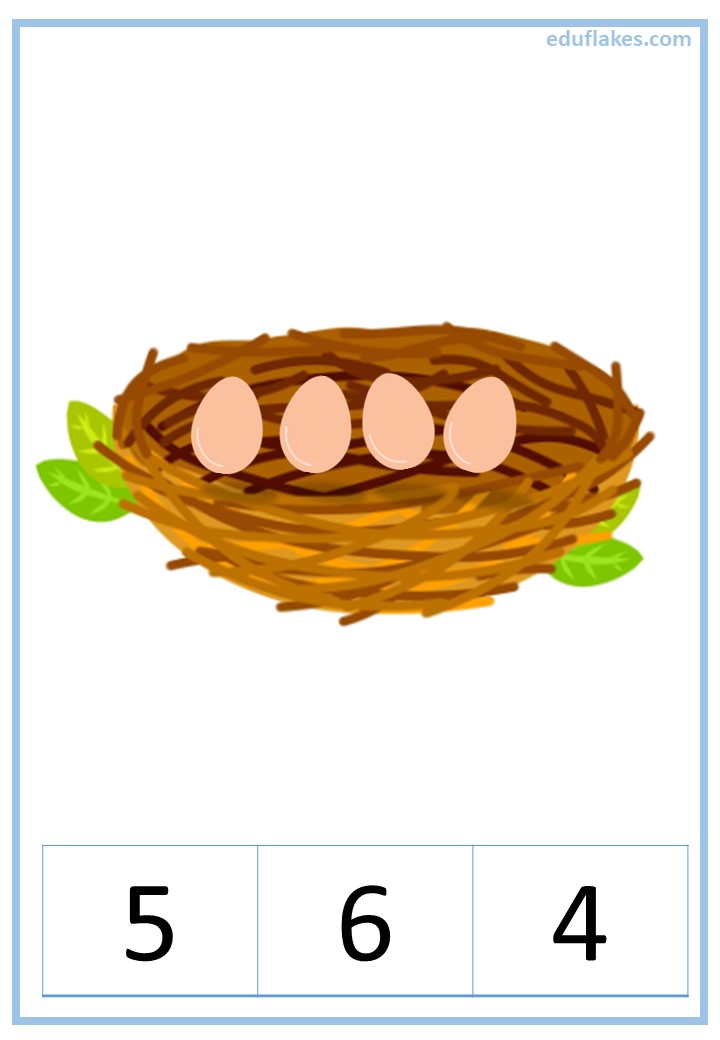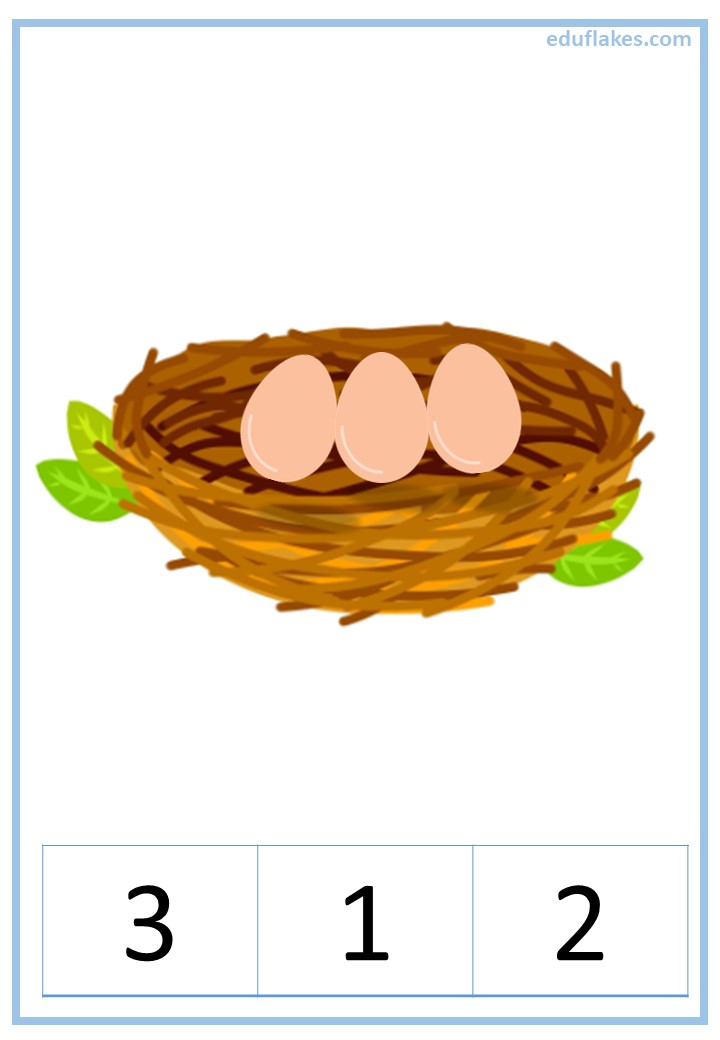Counting is an essential skill for kindergarten students to develop as it forms the foundation for many other math concepts. Counting exercises help children develop their number sense, an intuitive understanding of numbers and their relationships. This understanding of numbers lays the groundwork for addition, subtraction, multiplication, and division. Counting exercises can be fun and engaging, and there are many ways to effectively teach counting to young children.
One important reason why counting exercises are important is that they help children develop their spatial sense. Spatial sense is the ability to understand how objects are arranged in space, and counting helps children make sense of the spatial relationships between objects. For example, counting blocks or toy cars in a row helps children see that the objects are arranged in a specific order, and counting helps them understand the number of objects in the row. This basic understanding of spatial relationships is important for later geometry concepts.
Another important reason why counting exercises are important is that they help children develop their number sense. Number sense is the ability to understand numbers and their relationships. Counting helps children understand the concept of quantity, that is, that numbers represent different amounts of things. For example, counting out five apples helps children see that five is greater than three and less than ten. This understanding of quantity is important for later math concepts like addition and subtraction.
Effective teaching of counting involves several strategies. One strategy is to use manipulatives like blocks or toy cars to help children visualize numbers. For example, counting out five blocks and arranging them in a row helps children see that five is a group of objects. This strategy also helps children understand the concept of one-to-one correspondence, that is, that each object corresponds to a specific number. This understanding is important for later math concepts like multiplication and division.
Another strategy is to use songs or rhymes to teach counting. Songs and rhymes are fun and engaging and help children remember numbers. For example, the song “One, Two, Buckle My Shoe” helps children count to ten and remember the sequence of numbers. This strategy also helps children understand the concept of ordinality, that is, that numbers have a specific order.
A third strategy is to use games and activities to teach counting. Games and activities are fun and engaging and help children develop their number sense. For example, playing “I Spy” and counting objects in the room helps children develop their spatial sense and number sense. This strategy also helps children develop their problem-solving skills as they learn to count and match objects.
Finally, it is important to create a positive learning environment that encourages children to explore and learn. Encourage children to ask questions and explore numbers in different ways. Praise their efforts and provide positive feedback to help build their confidence and self-esteem. This positive reinforcement helps children develop a love of learning and encourages them to continue exploring math concepts.
In conclusion, counting exercises are important for kindergarten students as they develop their number sense and spatial sense. Effective teaching of counting involves using manipulatives, songs, games, and activities to help children visualize and understand numbers. It is also important to create a positive learning environment that encourages children to explore and learn. By developing their counting skills, children are better prepared to understand more complex math concepts and are more likely to develop a love of learning.




















